detail profile babette mangolte
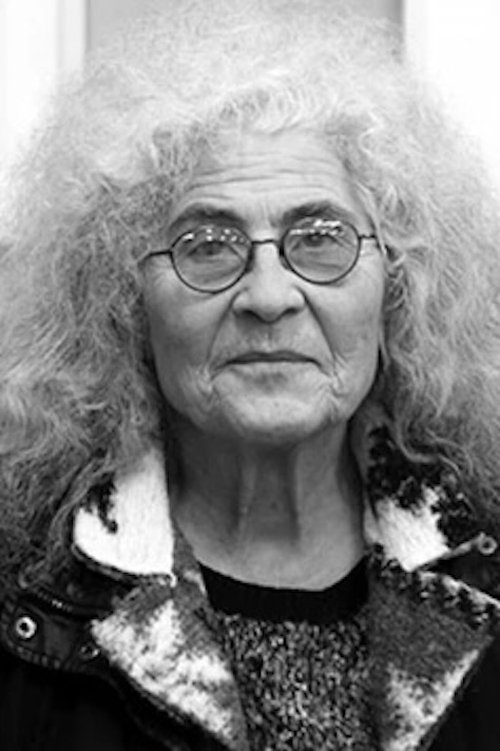
Babette Mangolte
Elisabeth Mangolte
atau dikenal sebagai
Peran Yang Di Mainkan Babette Mangolte
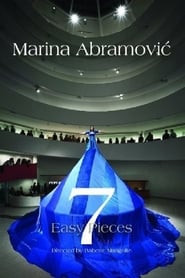 For Seven Easy Pieces Marina Abramovic...
For Seven Easy Pieces Marina Abramovic...Seven Easy Pieces 2007
For Seven Easy Pieces Marina Abramovic reenacted five seminal performance works by her peers, dating from the 1960's and 70's, and two of her own, interpreting them as one would a musical score. The project confronted the fact that little documentation exists from this critical early period and one often has to rely upon testimony from witnesses or photographs that show only portions of any given performance. The seven works were performed for seven hours each, over the course of seven consecutive days, November 9 –15, 2005 at the Guggenheim Museum, in New York City. Seven Easy Pieces examines the possibilities of representing and preserving an art form that is, by nature, ephemeral.
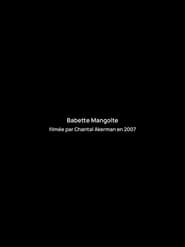 To begin with we have Babette...
To begin with we have Babette...Interview with Babette Mangolte 2007
"To begin with, we have Babette Mangolte, the camera technician on Hotel Monterey, La Chambre and Jeanne Dielman, but who for me also symbolises the New York years, she introduced me into the very core of what was new, even revolutionary, in New York, and our interview is about the city of New York in the early 70s." – Chantal Akerman
 JeanPierre Gorin examines the lives and...
JeanPierre Gorin examines the lives and...My Crasy Life 1992
Jean-Pierre Gorin examines the lives and cultural background of Samoan street gangs in Long Beach, California.
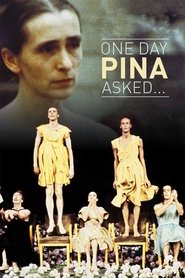 Chantal Akerman followed famous Choreographer Pina...
Chantal Akerman followed famous Choreographer Pina...One Day Pina Asked... 1989
Chantal Akerman followed famous Choreographer Pina Bausch and her company of dancers, The Tanzteater Wuppertal, for five weeks while they were on tour in Germany, Italy and France. Her objective was to capture Pina Bausch's unparalleled art not only on stage by behind the scenes.
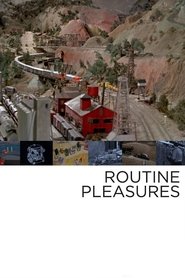 JeanPierre Gorin interacts with a club...
JeanPierre Gorin interacts with a club...Routine Pleasures 1986
Jean-Pierre Gorin interacts with a club of model railroad train enthusiasts and his mentor, artist/writer Manny Farber.
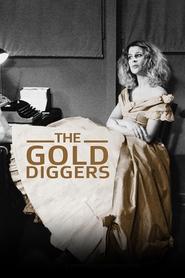 An avantgarde examination of the relationship...
An avantgarde examination of the relationship...The Gold Diggers 1983
An avant-garde examination of the relationship between women and money in society. Mixing musical, silent melodrama, and philosophical treatise into a post-punk, heady brew.
 Cinmaton is a 156hour long experimental...
Cinmaton is a 156hour long experimental...Cinématon 1978
Cinématon is a 156-hour long experimental film by French director Gérard Courant. It was the longest film ever released until 2011. Composed over 36 years from 1978 until 2006, it consists of a series of over 2,821 silent vignettes (cinématons), each 3 minutes and 25 seconds long, of various celebrities, artists, journalists and friends of the director, each doing whatever they want for the allotted time. Subjects of the film include directors Barbet Schroeder, Nagisa Oshima, Volker Schlöndorff, Ken Loach, Benjamin Cuq, Youssef Chahine, Wim Wenders, Joseph Losey, Jean-Luc Godard, Samuel Fuller and Terry Gilliam, chess grandmaster Joël Lautier, and actors Roberto Benigni, Stéphane Audran, Julie Delpy and Lesley Chatterley. Gilliam is featured eating a 100-franc note, while Fuller smokes a cigar. Courant's favourite subject was a 7-month-old baby. The film was screened in its then-entirety in Avignon in November 2009 and was screened in Redondo Beach, CA on April 9, 2010.
 Belgian filmmaker Chantal Akerman lives in...
Belgian filmmaker Chantal Akerman lives in...News from Home 1977
Belgian filmmaker Chantal Akerman lives in New York. Filmed images of the City accompany texts of Akerman's loving mother back home in Brussels. The City comes more and more to the front while the words of the mother, read by Akerman herself, gradually fade away.
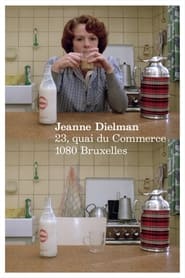 A lonely widowed housewife does her...
A lonely widowed housewife does her...Jeanne Dielman, 23, quai du Commerce, 1080 Bruxelles 1976
A lonely widowed housewife does her daily chores and takes care of her apartment where she lives with her teenage son, and turns the occasional trick to make ends meet. Slowly, her ritualized daily routines begin to fall apart.
 During the filming of Jeanne Dielman...
During the filming of Jeanne Dielman...Autour de Jeanne Dielman 1975
During the filming of "Jeanne Dielman" Sami Frey recorded what was happening on the set. A film about a film in the making.
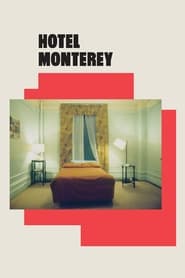 Hotel Monterey is a cheap hotel...
Hotel Monterey is a cheap hotel...Hotel Monterey 1973
Hotel Monterey is a cheap hotel in New York reserved for the outcasts of American society. Chantal Akerman invites viewers to visit this unusual place as well as the people who live there, from the reception up to the last story.
 An unfinished Chantal Akerman film about...
An unfinished Chantal Akerman film about...Hanging Out Yonkers 1973
An unfinished Chantal Akerman film about the troubled youths and drug addicts going through rehabilitation in Yonkers. Myra Alfreds, who commissions the film, accompanies Akerman and Mangolte on the film shoot in Yonkers, a city of nearly 200,000 inhabitants in New-York State, just north of the Bronx. The images show the big window of the storefront serving as a reception center for street youth. The young people participate in a variety of full-time activities and undertake to stop taking drugs.
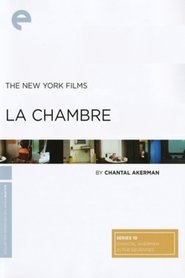 Furniture and clutter of one small...
Furniture and clutter of one small...The Room 1972
Furniture and clutter of one small apartment room become the subject of a moving still life—with Akerman herself staring back. This breakthrough formal experiment is Akerman's first film made in New York.
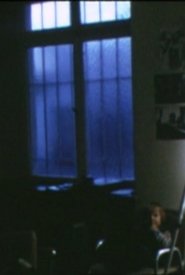 Home movies shot on Super 8mm...
Home movies shot on Super 8mm... Adaptation of an avantgarde play about...
Adaptation of an avantgarde play about...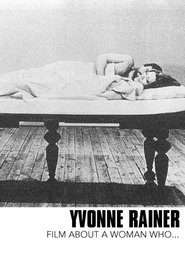 Rainers landmark film is a meditation...
Rainers landmark film is a meditation...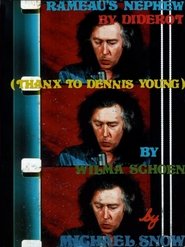 Various unrelated vignettes often juxtaposing sound...
Various unrelated vignettes often juxtaposing sound...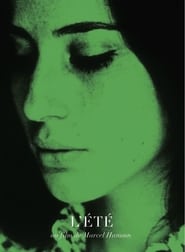 During the summer of 1968 a young...
During the summer of 1968 a young...